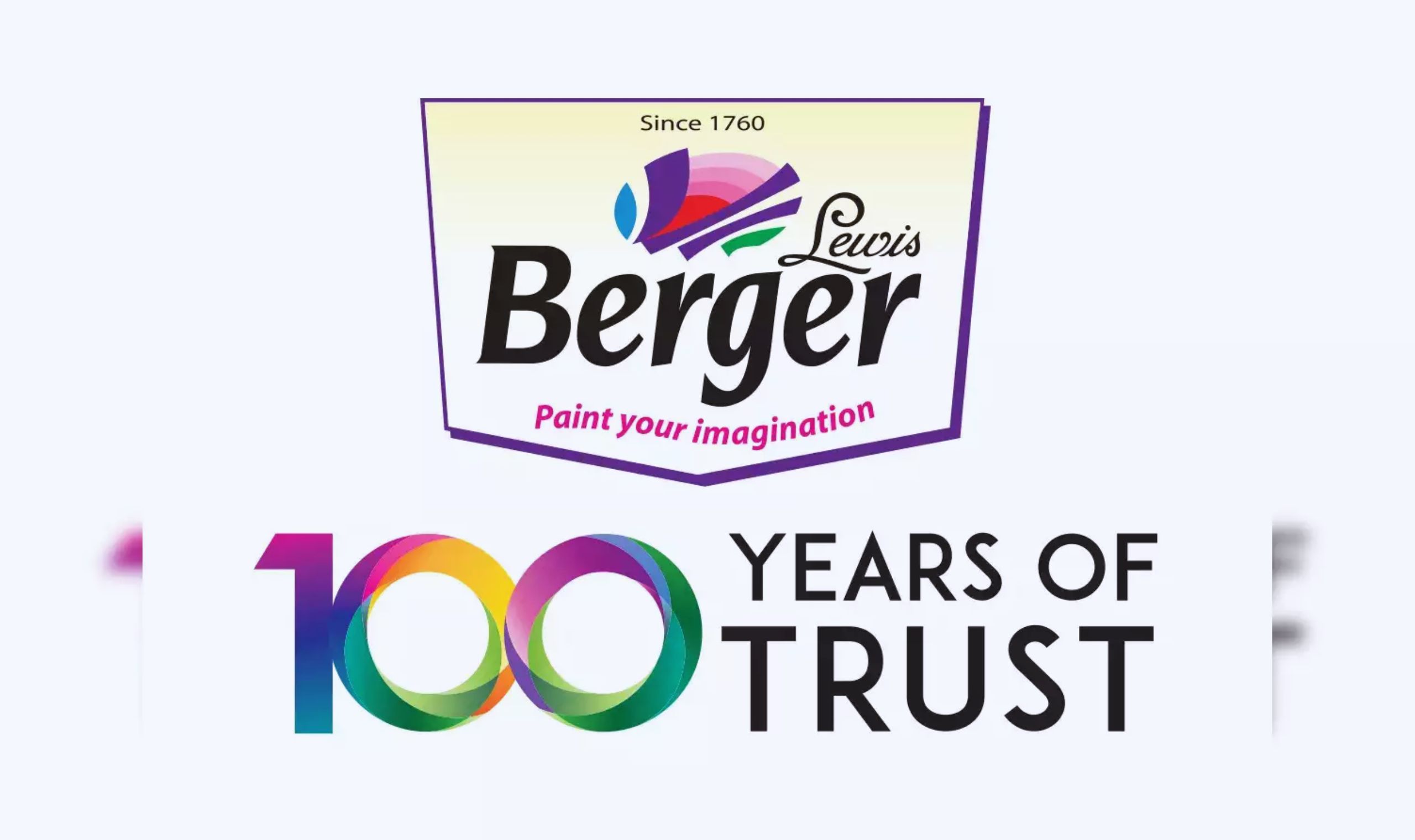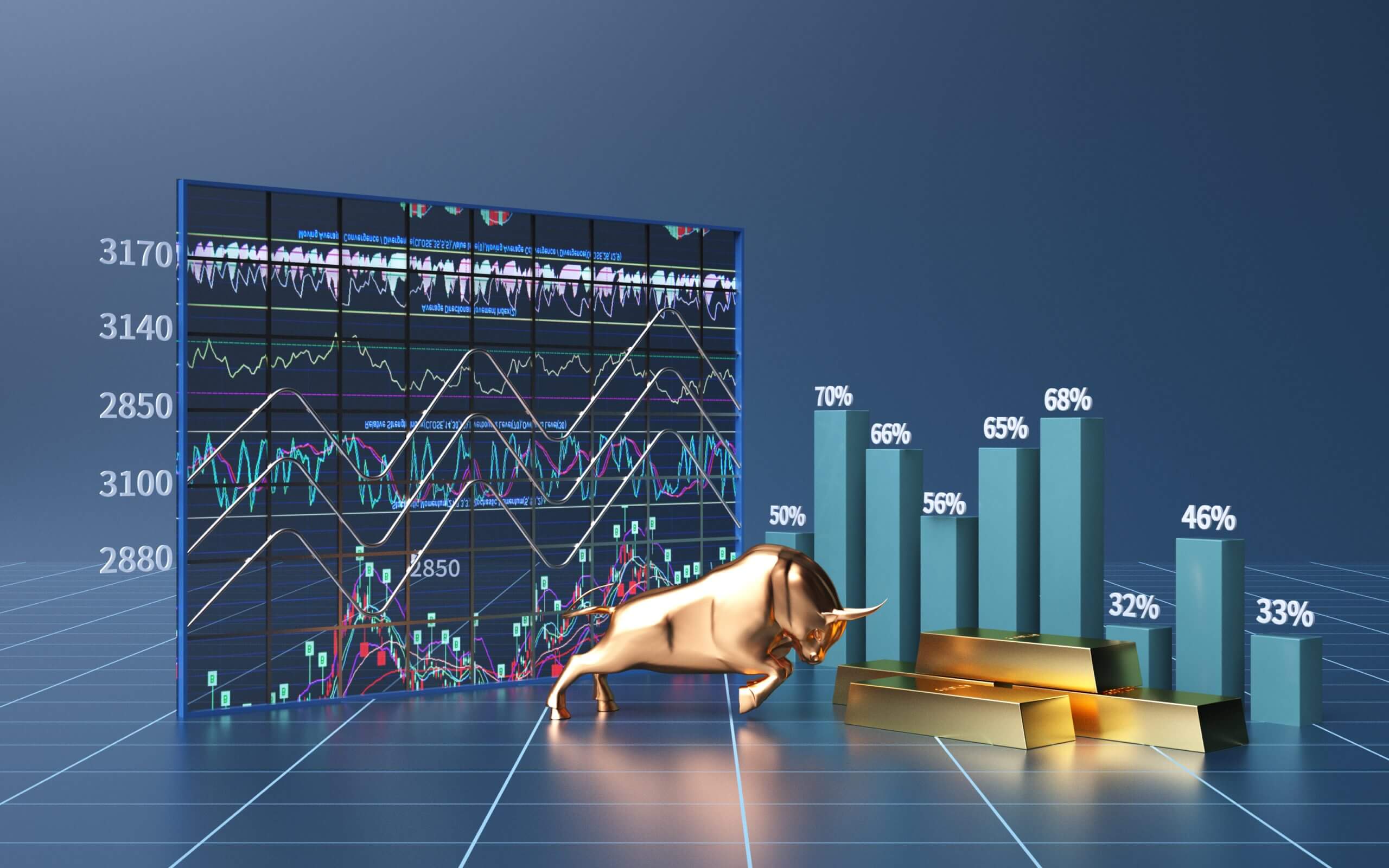Table of Contents
ToggleBerger Paints India, one of the leading players in the Indian paint industry, saw its stock price rise by 3% despite a disappointing third-quarter (Q3) earnings report. On February 12, 2025, Berger Paints shares surged to Rs 493, a 3.5% increase from the previous day, surprising many analysts and investors who had expected a more muted reaction following the company’s earnings miss. This blog explores the reasons behind the stock’s unexpected rise, delves into the company’s quarterly performance, and analyzes the factors influencing its prospects.
Berger Paints India: A Brief Overview
Berger Paints India is a household name in India’s paint industry. Founded in 1923, the company has grown to become one of the largest paint manufacturers in the country, offering a diverse range of decorative and industrial paints. It operates across the country, with a significant presence in international markets as well. Berger Paints holds more than a 20% market share in India and has built a strong reputation for delivering high-quality products, innovative solutions, and exceptional customer service.
The company’s portfolio includes premium decorative paints, industrial coatings, and specialized products like texture paints, tile adhesives, and waterproofing solutions. Over the years, Berger Paints has maintained a steady growth trajectory, driven by a combination of solid market demand and strategic acquisitions.
Q3 FY25 Earnings: Disappointment for Investors
Despite the stock’s rise on February 12, Berger Paints’ third-quarter earnings for FY25 were far from stellar. The company reported a net profit of Rs 295.13 crore, which marked a modest decline of 1.5% from Rs 299.65 crore in the same period last year. This was a surprising outcome considering that analysts had anticipated a better performance, especially given the overall growth in the Indian economy and the paint sector’s steady demand.
Revenue from operations for Q3 FY25 stood at Rs 2,975 crore, a 3% increase from Rs 2,881 crore in Q3 FY24. While this represented a positive year-on-year growth, it fell short of the more optimistic projections made by market experts. The company attributed its volume growth to inflationary pressures and weaker consumer sentiment, particularly in discretionary spending.
The increased expenses also had an impact on Berger Paints’ profitability. Total expenses for Q3 climbed to Rs 2,608 crore, up from Rs 2,504 crore in the same quarter the previous year. The increase in expenses can be attributed to the rising costs of raw materials and logistics, two key factors affecting many companies in India and globally.
1. The Volume-Value Gap
One of the key factors driving Berger Paints’ disappointing earnings was the volume-value gap. Despite a reported single-digit volume growth, the value growth was not as strong due to multiple factors. The company’s performance was impacted by price reductions in earlier quarters and the stronger sales of lower-value products like texture paints, tile adhesives, and admixtures. These products generally carry a lower profit margin, which impacted Berger Paints’ overall earnings despite the growth in sales volume.
Meanwhile, demand for higher-value products such as enamels and premium paints remained subdued during the quarter. The slowdown in consumer demand for high-end paints was a result of continued inflationary pressures and weak consumer sentiment, especially in the wake of reduced discretionary spending.
2. Outlook and Expectations for Future Quarters
Despite the lackluster performance in Q3 FY25, Berger Paints remains cautiously optimistic about its prospects. The company expects to see sequential improvement in its decorative paints segment, especially as consumer sentiment is anticipated to improve in the coming quarters. Factors such as favorable budget measures and a healthy monsoon are expected to boost demand for paints in the latter half of FY25.
Additionally, the impact of past price cuts is expected to fade, which may help bridge the volume-value gap. This improvement is expected to come as demand for higher-value products increases in tandem with improved market conditions.
Berger Paints has also highlighted its strategy to focus on innovation and product development to counter market challenges. The company continues to invest in expanding its portfolio of eco-friendly and high-performance products, which are expected to drive growth in both the premium and economy segments of the market.
3. The Akzo Nobel Deal: No Longer a Contender
In another significant development, Berger Paints’ Managing Director and CEO, Abhijit Roy, confirmed that the company is no longer in the race to acquire Akzo Nobel’s India unit. This decision came after much speculation and reports that Berger Paints was among the potential bidders, alongside other industry giants like Pidilite Industries, JSW Paints, and Indigo Paints.
The reason behind Berger Paints’ decision to step back from the acquisition process was primarily high valuations. Akzo Nobel’s India business is a well-established player in the paint industry, and its acquisition would have bolstered Berger’s market position. However, the company found the asking price to be too steep, leading to its decision to withdraw from the bidding process.
This news had mixed reactions in the market, with some analysts expressing relief at Berger Paints avoiding an expensive acquisition, while others speculated that the company might lose out on valuable growth opportunities. Despite the setback in the acquisition front, Berger Paints remains a dominant player in the Indian market and continues to drive growth organically.
Why Did Berger Paints’ Stock Rise Despite Weak Earnings?
Given the disappointing Q3 performance, it’s natural to wonder why Berger Paints’ stock rose by 3% on February 12. Several factors might explain this upward movement:
-
Optimistic Long-Term Outlook: Despite short-term challenges, investors may be betting on the company’s long-term growth prospects. Berger Paints has maintained a strong track record of growth and is well-positioned to capitalize on the recovery in demand for both decorative and industrial paints.
-
Resilience in the Paint Sector: The overall resilience of the paint sector, even amid economic challenges, could be a contributing factor. As construction activity increases and demand for residential and commercial projects rises, paint companies like Berger Paints are poised to benefit.
-
Cost Control Measures: Berger Paints is actively working on controlling costs, improving efficiency, and optimizing its supply chain. These efforts are expected to yield positive results in the coming quarters, which may have boosted investor sentiment.
-
Strategic Positioning: The company’s strong market share and presence in the Indian paint industry, along with its focus on innovation, could have contributed to investor confidence. Berger Paints’ continued investment in high-performance, eco-friendly products could also be a long-term growth driver.
Conclusion
Despite a disappointing third-quarter earnings report, Berger Paints India remains optimistic about its future. While the company faced some challenges in terms of volume-value growth and inflationary pressures, it is positioning itself for a rebound in the coming quarters. The paint giant’s focus on product innovation, expansion into new markets, and improvement in consumer sentiment are expected to drive growth in FY25.
The company’s decision to withdraw from the Akzo Nobel acquisition process may have disappointed some investors, but it also reflects a disciplined approach to acquisitions. By avoiding overpaying for a business with high valuations, Berger Paints can continue focusing on its organic growth strategies.
For investors, Berger Paints represents a stock with strong fundamentals, a solid market presence, and a well-diversified portfolio. While there are short-term challenges, the company’s long-term outlook remains positive, and its stock price may continue to perform well as market conditions improve.
As we move forward into FY25, Berger Paints will need to address the challenges posed by the volume-value gap and muted consumer sentiment. However, with the right strategies and continued investment in innovation, the company is poised for growth in the future.
In summary, while the short-term might be tough for Berger Paints, the company’s long-term prospects remain intact. Investors looking for exposure to a leader in the Indian paint industry may still find value in Berger Paints, despite the recent earnings disappointment.















0 Comments